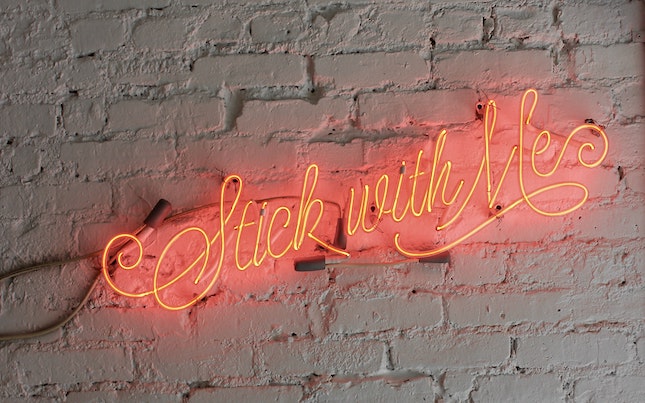Give Your Mystery Underlying Tension to Build Reader Anticipation

What is novel tension?
In a novel, tension derives from moments when the reader wonders what will happen next. Moments that raise questions for the reader create anticipation and drive the reader to turn the page. How to add tension in your novel is as easy as building with micro-tension moments in every scene.
Furthermore, the need to turn the page for more tension drives the reader to push faster to find out what happens next.
Tension happens before the conflict. The conflict resolves the tension with a win or lose outcome. And when your character loses, the tension continues with new questions about what will happen next.
Confusing conflict with tension can make your story feel episodic without creating much tension. Without tension, your reader loses interest in your story. Arguments and fight scenes don’t raise tension, they bring tension to a close.
So, if conflict is not tension, how do you sustain tension in your story?
Work with Micro Tension Moments
As you write your book, use small increments in each scene to create tension. This is the secret to keeping your reader interested in not just the final outcome but what comes next right now.
Every situation you create in your story has the potential to increase tension, generating interest for your reader. You’ll create a sense of suspense in the mind of your reader.
Every problem has the potential to generate tension.
Successful agency creator, Donald Maass, believes in micro tension as a story creation craft.
…in dialogue, tension is not in what is being discussed but between the people talking.
…in action, tension is not in the action itself but inside the POV character.
…in exposition, tension comes from emotions in conflict and ideas at war.
Let’s break down those elements one-by-one, so you can use them in your scene building blocks to sustain tension.
Tension in Dialogue
Dialogue is action. It’s action with words. And those words are between characters who have desires and motivations that drive them to behave and act toward reaching their personal goal. One of those actions is the way they communicate with other characters.
Your sleuth wants to solve the crime. The reader knows that motivation, so they want to see how the sleuth talks to suspects and others in order to solve the crime.
Your reader knows when your detective holds back information in dialogue in order to probe a suspect.
At the same time, your reader may have little information about a suspect. How the suspect behaves as they talk, is a clue to not just their personality but their willingness to cooperate.
If the suspect is hesitant in the conversation (dialogue), your reader will have questions about what the suspect is holding back. It’s a micro-tension moment.
Tension in Action
Your character is taking action in both proactive and responsive scenes. What your character thinks is action in the same way dialogue is action. It is something your character does.
The best way to build tension with action is to show your character’s feelings about what is happening. Showing feeling is a positive way to get the reader in the character’s head. This way of building tension prompts the reader to question your character’s feelings. What will the character do with the feeling?
In other words, now that the reader knows your character’s emotional response to an action, they wonder what action the character will take next.
Tension in Exposition
Exposition is the background of your story. It’s the where and when of your story. You can keep it from being dry by adding details that raise questions for your reader.
Did a war just end? Is a war about to begin? Does a storm limit your character’s movement? Are the city streets threatening or full of life? Use specific details, starting with a specific scene, rather than a sweeping generalization.
What character details mesh with the background? How does the background impede your character? How does it set a mood? How does it reflect the tone of your story? Does it represent a conflict for your character?
A bit of exposition in every scene gives your reader details. Then your reader needs to know how those details impact the story.
Keep Your Reader Wondering
The secret to building tension page-by-page is to add details that build anticipation for your reader. At the start of each scene, you want to make your reader wonder what will happen now in this scene.
If you build your story with micro-tension moments, your reader will always be wondering what is next. Even though your story has a big reveal, the surprise of the true villain revealed, in order to get your reader to that point, you want them to keep reading from the beginning.
Ask yourself, what is the micro-tension in this scene? Repeat that question for every scene. You’ll raise questions and build anticipation throughout your entire story.
Ready to write your mystery? Write A Killer Mystery is the course just for you. Get the guide through every step of creating your mystery from story idea to The End.
Photo by Colin Lloyd on Unsplash




